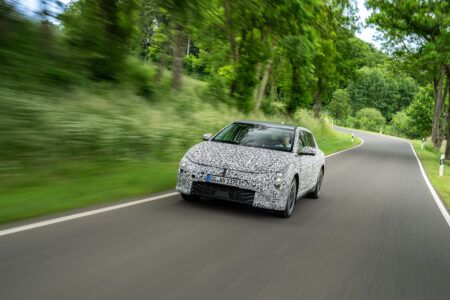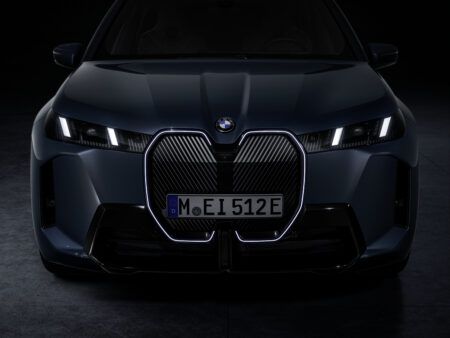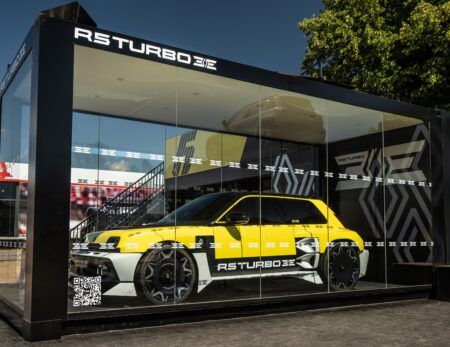Fiat has announced the return of 500 production to its historic Mirafiori plant in Turin, Italy, with the launch of a new hybrid version of the iconic model. The automaker plans to begin production this November, targeting delivery of 5,000 units by year-end.
The move marks a significant development for the Turin facility, which originally produced the first Fiat 500 in 1957. Pre-series models have already rolled off the production line, indicating the project is progressing according to Stellantis’ strategic roadmap presented to Italy’s Ministry of Enterprises and Made in Italy last December.
“Bringing the 500 Hybrid back to Mirafiori is a promise kept – a win driven by a committed team that chose to bet on the customer and the future,” said Olivier François, CEO of Fiat and Global CMO of Stellantis. “This factory is more than just a production site; it’s FIAT’s home, the beating heart of a story that began in 1957 with Dante Giacosa and today stands as a hub of Stellantis innovation in Europe.”
The initiative aims to increase annual production at the Turin plant by 100,000 units, representing a key component of Stellantis’ efforts to revitalize the facility. François announced that the official launch will feature a special edition called the ‘500 Torino’ as a tribute to the city and its workers.
The new Fiat 500 Hybrid features a 1.0-liter three-cylinder FireFly mild-hybrid engine paired with a six-speed manual transmission and a 12-volt electrical system designed to improve fuel efficiency. The model will be available in three configurations: the standard hatchback, the 3+1 variant with a rear-hinged third door for easier rear-seat access, and a convertible version.
Technology features include the Uconnect 5 infotainment system with a 10.25-inch touchscreen and 7-inch digital display, wireless Apple CarPlay and Android Auto compatibility, and various driver assistance systems including automatic emergency braking, lane-keeping assist, and traffic sign recognition.
The return of 500 production to Mirafiori represents Stellantis’ commitment to Italian manufacturing and the country’s automotive supply chain during the industry’s transition to electrification. The hybrid model combines elements from the electric 500 with traditional powertrain technology to create what the company describes as a more accessible option for consumers.





